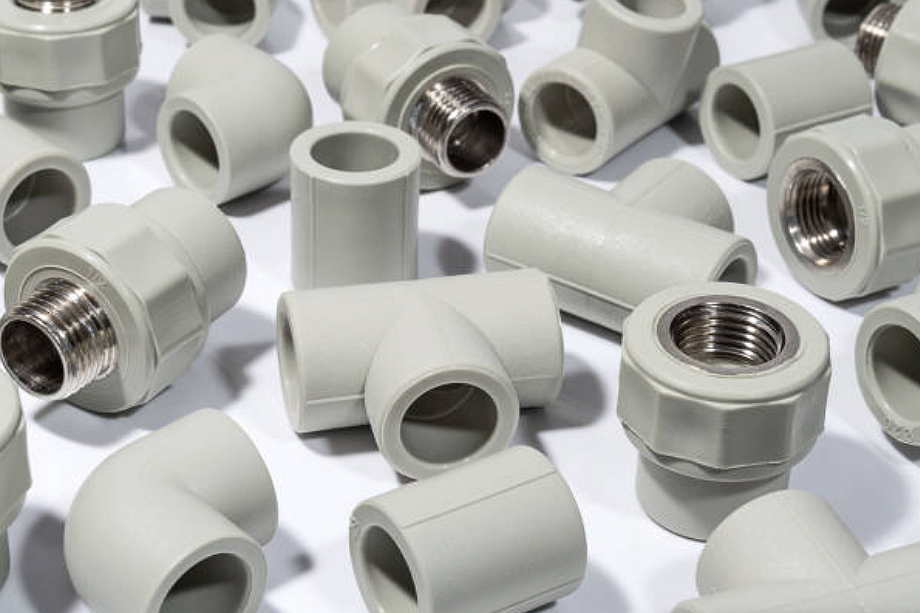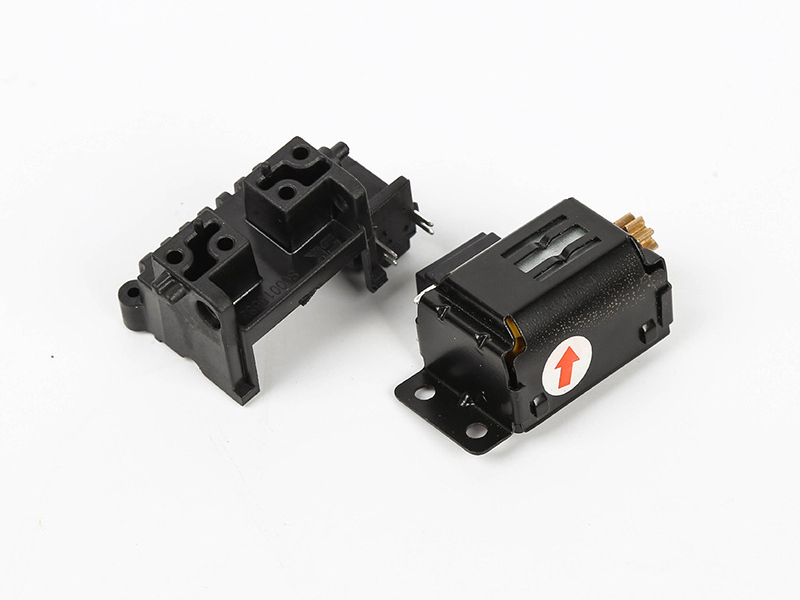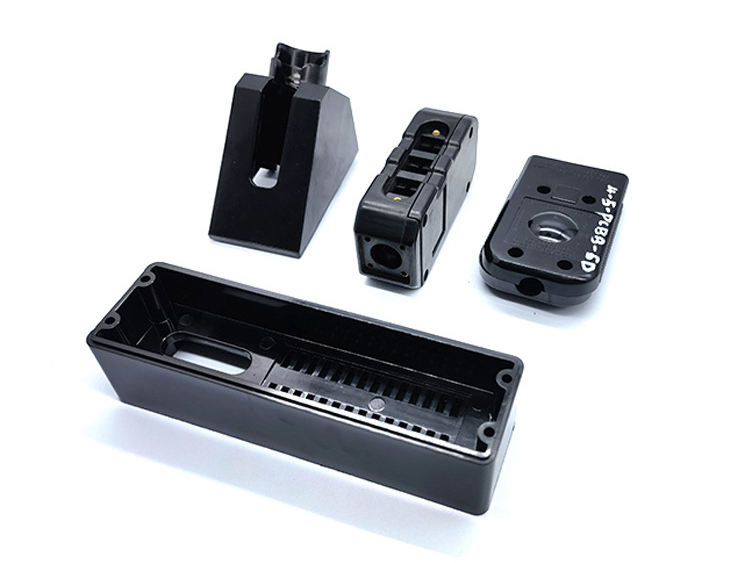What types of products benefit most from creative insert molding techniques?
Overview
Creative insert molding techniques enable designers to merge multiple materials and functions into a single part, resulting in innovative, durable, and aesthetically refined products. These methods eliminate complex assemblies while allowing for greater design freedom, making them ideal for industries that demand compactness, strength, and precision.
Consumer Electronics and Smart Devices
The consumer electronics sector leverages insert molding for compact, multi-functional housings, connectors, and switches. By integrating metal contacts and structural reinforcements within thermoplastic shells like PC or ABS, manufacturers achieve sleek, lightweight products with superior electrical insulation and mechanical strength. Creative insert molding enables seamless designs for smartphones, wearables, and home devices—where aesthetics and functionality must coexist.
Automotive Components
In the automotive industry, insert molding enhances the durability and efficiency of parts such as dashboard modules, sensor housings, gear knobs, and fastener interfaces. Combining Nylon (PA) or PBT with metal inserts yields high-performance parts that are resistant to heat, vibration, and corrosion. These hybrid components simplify vehicle assembly and improve long-term reliability under harsh operating conditions.
Medical and Healthcare Devices
In medical device manufacturing, insert molding enables precise integration of stainless steel or zirconia ceramic inserts into biocompatible polymers like PEEK. This technique is used to produce surgical handles, diagnostic housings, and implantable components. Creative molding allows designers to tailor ergonomics, sterilization safety, and performance while minimizing weight and assembly complexity.
Power Tools and Industrial Equipment
Power tools greatly benefit from creative insert molding, which provides robust handles, motor mounts, and impact-resistant housings. The integration of rubber-like elastomers through overmolding enhances grip comfort and vibration damping, while embedded metal structures improve load-bearing capacity. This combination boosts both functionality and user comfort.
E-Mobility and Energy Systems
For E-Mobility and energy solutions, insert molding supports the production of compact, lightweight, and thermally efficient components. By embedding conductive and structural inserts into high-temperature polymers, manufacturers can produce advanced connectors, housings, and insulation components that meet rigorous safety and performance standards.
Locking Systems and Precision Mechanisms
Locking system manufacturers use insert molding to combine precise metal inserts with durable plastic bodies. This integration increases torque resistance, improves durability, and ensures long-term alignment—ideal for smart locks and precision security mechanisms.



